The art of perfumery traces back thousands of years, with ancient civilizations like Egypt, Greece, and Rome utilizing natural ingredients for therapeutic benefits and symbolic meanings. From advanced distillation techniques to intricate blends, these societies deeply integrated fragrances into their cultures. During the medieval era, perfumery evolved from religious rituals to courtly delights, while the Renaissance and Baroque periods brought new exotic aromatics and floral notes. This rich history has shaped modern fragrance creation, with skilled artisans crafting unique perfumes that blend natural and synthetic elements to create timeless scents.
“Perfumery, an art that has captivated humanity for centuries, has evolved significantly over time, reflecting cultural shifts and scientific advancements. From its ancient origins in Egypt, Greece, and Rome, where perfumes held religious and ritualistic significance, to the sophisticated floral fragrances of the Renaissance, the world of fragrance has been on a captivating journey. This article delves into the rich history of perfume, exploring key periods that have shaped its modern-day diversity, from medieval courtly delights to contemporary niche perfumery and innovative scent creations.”
- Ancient Origins: The Early Days of Perfumery
- – Exploring the historical roots of perfume and fragrance in ancient civilizations like Egypt, Greece, and Rome.
- Medieval Evolution: From Religious Rituals to Courtly Delights
- – Discussing the transformation of perfumery during the Middle Ages, including its role in religious ceremonies and the development of court perfumes for royalty.
- Renaissance and Baroque Periods: A Time of Floral Fragrances and Exploration
Ancient Origins: The Early Days of Perfumery
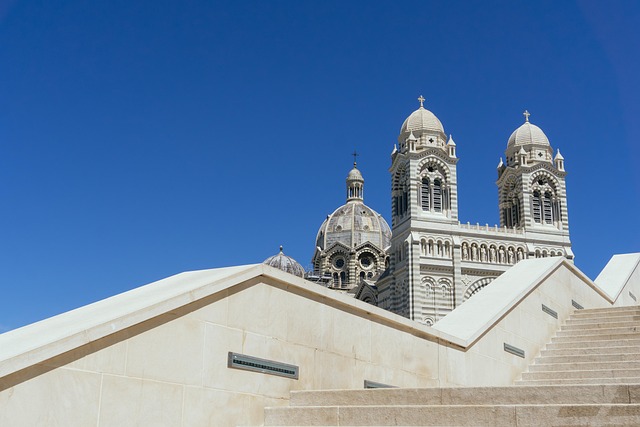
The art of perfumery has a rich and fascinating history dating back thousands of years. In ancient civilizations like Egypt, Greece, and Rome, perfume was more than just a pleasant aroma; it held cultural and religious significance. The early days of perfumery saw the use of natural ingredients such as flowers, herbs, spices, and resins to create fragrances. These ancient societies valued perfume not only for its ability to mask bodily odors but also for its therapeutic properties and symbolic meanings.
The Egyptian civilization, in particular, is renowned for its sophisticated perfume-making techniques. They distilled aromatic oils from plants and blended them with other substances to create intricate fragrances used in rituals and daily life. Similarly, the Greeks and Romans developed advanced perfumery practices, with records indicating their use of perfumes during social gatherings and cultural events. This ancient legacy laid the foundation for what would become a timeless craft, influencing subsequent generations’ approach to fragrance and setting the stage for the evolution of perfume history.
– Exploring the historical roots of perfume and fragrance in ancient civilizations like Egypt, Greece, and Rome.
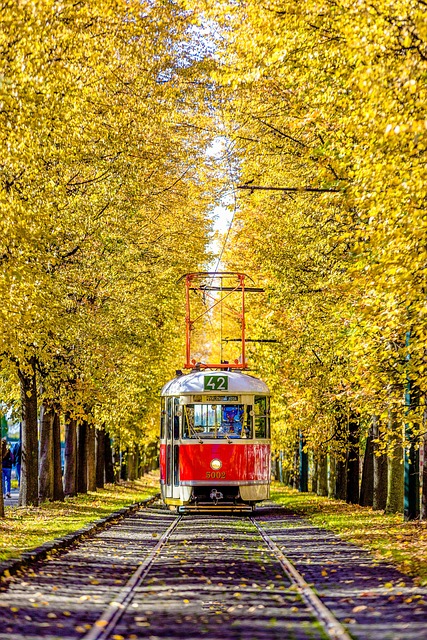
The historical roots of perfume and fragrance stretch back to ancient civilizations like Egypt, Greece, and Rome. These societies recognized the power of scents to elevate mood, enhance social status, and even serve medicinal purposes. Egyptians, for instance, are credited with developing one of the earliest perfumes by distilling flowers and resins. Greeks and Romans, too, played a significant role in shaping perfume history by refining distillation techniques and introducing new aromas from their vast territories.
Ancient texts reveal that fragrance was deeply intertwined with religion, ritual, and daily life. Perfumes were used in ceremonies to honor gods and goddesses, while in everyday settings, they signified wealth and social standing. The art of perfumery evolved along with trade routes, leading to the exchange of aromatic substances across continents. This historical journey showcases how perfume has not only been a tool for self-expression but also a testament to human ingenuity and our enduring fascination with the sensory experience offered by fragrances.
Medieval Evolution: From Religious Rituals to Courtly Delights
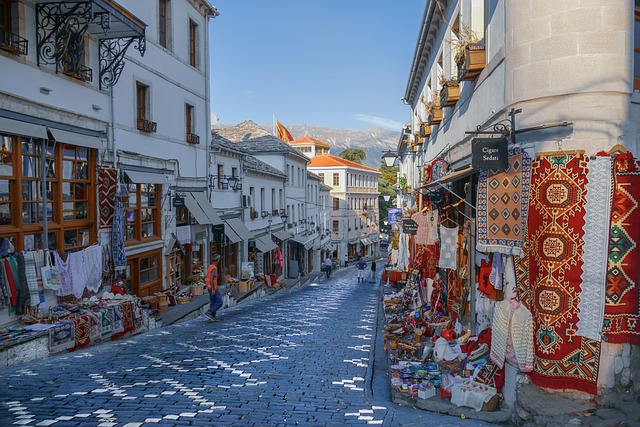
In the medieval period, perfumery underwent a remarkable transformation, evolving from religious rituals to courtly delights. Initially, perfumes held deep cultural and symbolic significance, often used in religious ceremonies and offerings due to their association with purity and devotion. Fragrances like rosewater and musk were highly prized for their intoxicating aromas and believed to possess spiritual properties.
As societies became more sophisticated, perfumery shifted towards the opulent courts of kings and queens. Here, perfumes became a symbol of status and luxury, crafted from rare and exotic ingredients. Courtly favorites, such as orange blossom and jasmine, were used to create fragrances that not only pleased the senses but also reflected the political and social hierarchies of the time. This transition marked a significant turning point in perfume history, setting the stage for the intricate and artistic world of perfumery we know today.
– Discussing the transformation of perfumery during the Middle Ages, including its role in religious ceremonies and the development of court perfumes for royalty.
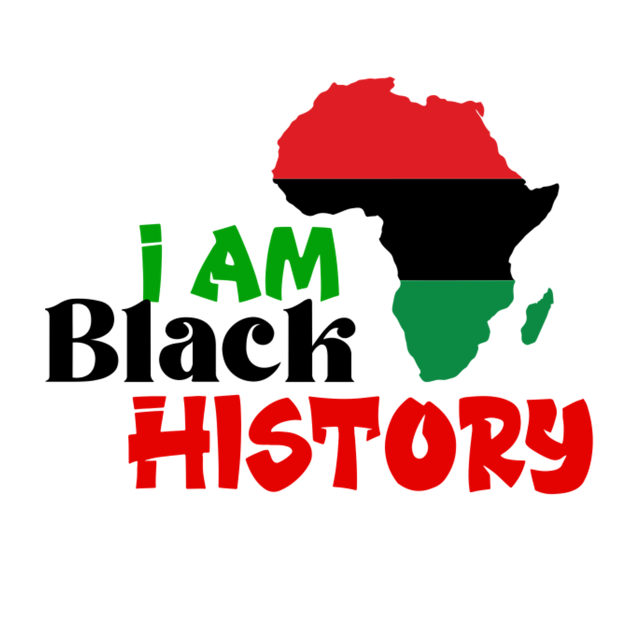
During the Middle Ages, perfumery underwent a significant transformation, reflecting societal shifts and cultural influences. In religious ceremonies, fragrant herbs and spices played a vital role in rituals, enhancing spiritual experiences with their aromatic properties. Scented oils derived from plants like rose, lavender, and jasmine became integral to these practices, symbolizing purity and divine presence.
This period also marked the rise of court perfumes, meticulously crafted for royalty. Royal courts commissioned perfumers to create exquisite fragrances, often blending rare ingredients to signify wealth and power. These perfumes were not just for personal enjoyment but served as a display of prestige and sophistication, with intricate formulas passed down through generations, shaping the evolution of fragrance history.
Renaissance and Baroque Periods: A Time of Floral Fragrances and Exploration
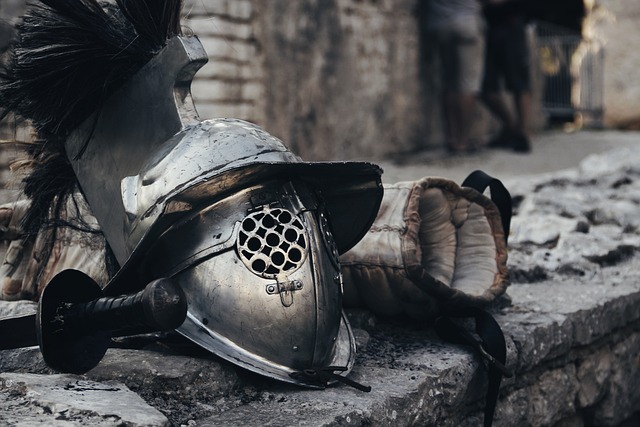
During the Renaissance and Baroque periods, perfumery underwent a significant transformation marked by an emphasis on floral fragrances and exploratory scent combinations. As trade routes expanded and cultural exchanges flourished, aromatics from distant lands became more accessible. This era witnessed a shift from the heavy, pungent scents of the Middle Ages to lighter, more delicate flowers like rose, jasmine, and lily of the valley. These floral notes were meticulously layered, creating complex and enchanting fragrances that captivated the senses.
The Renaissance also saw the beginning of perfumery as an art form, with skilled artisans crafting unique perfumes tailored to individual tastes. They experimented with ingredients from exotic sources, such as ambergris, musk, and benzoin resin, adding depth and intrigue to floral compositions. This period laid the groundwork for modern perfume-making, where scent profiles are meticulously crafted, blending natural and synthetic elements to create timeless fragrances that continue to influence perfumery history today.
Throughout centuries, perfumery has evolved dramatically, reflecting societal changes and exploring new olfactory horizons. From ancient origins to the Renaissance and beyond, the art of crafting fragrances has left an indelible mark on human history. As we delve into these eras, we uncover not just the changing nature of perfume but its role in shaping cultures, from religious rituals to courtly elegance and eventually, the diverse floral fragrances that define our modern fragrance landscape. Understanding this rich history provides a unique perspective on how perfumery has continuously adapted, revolutionized, and enriched our lives.
